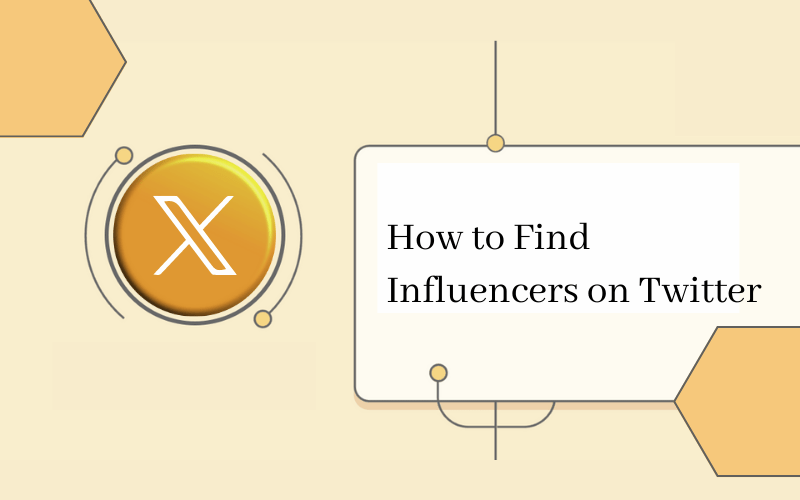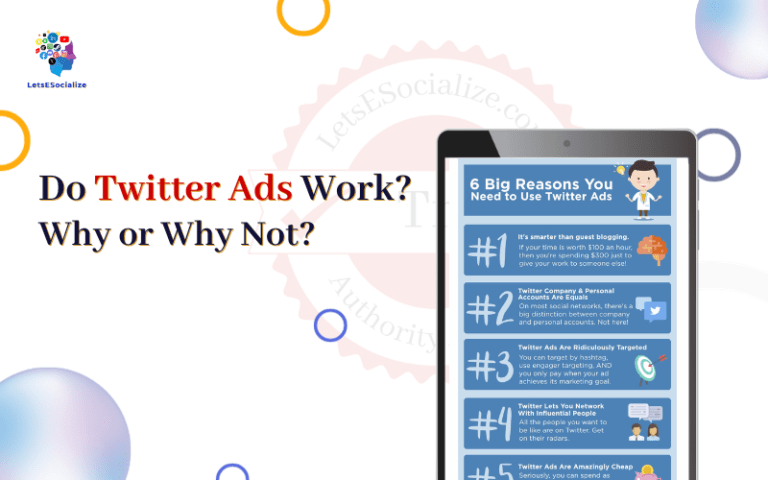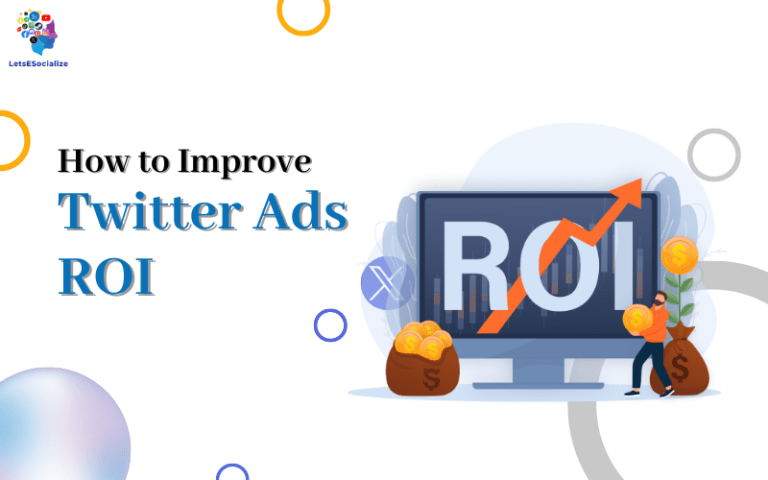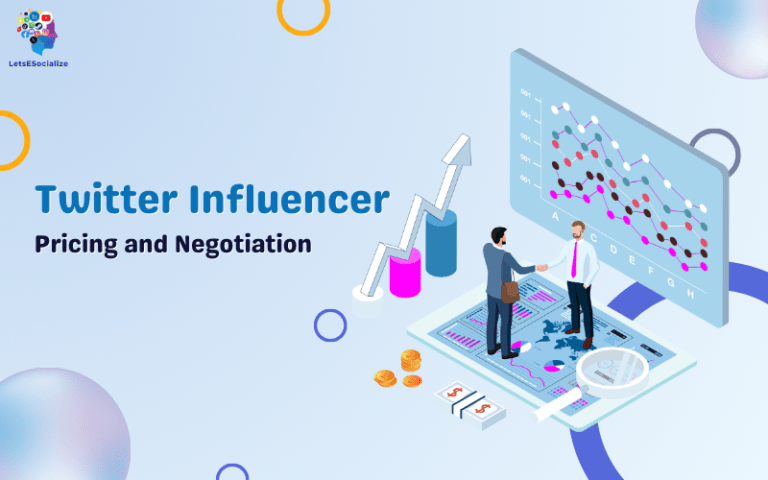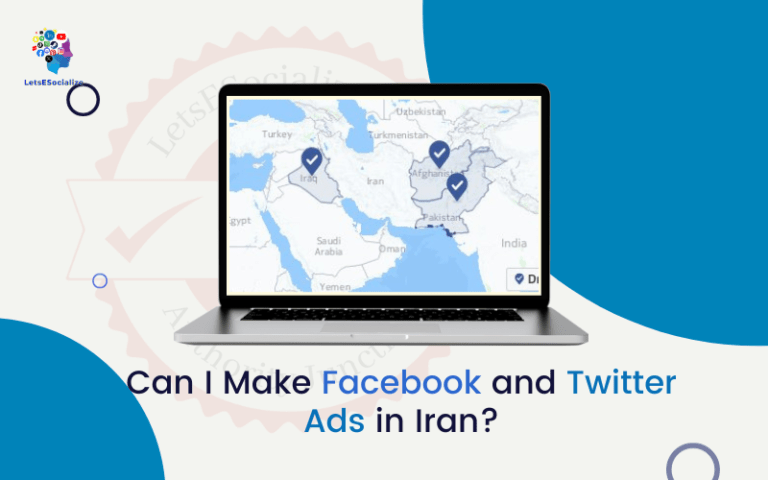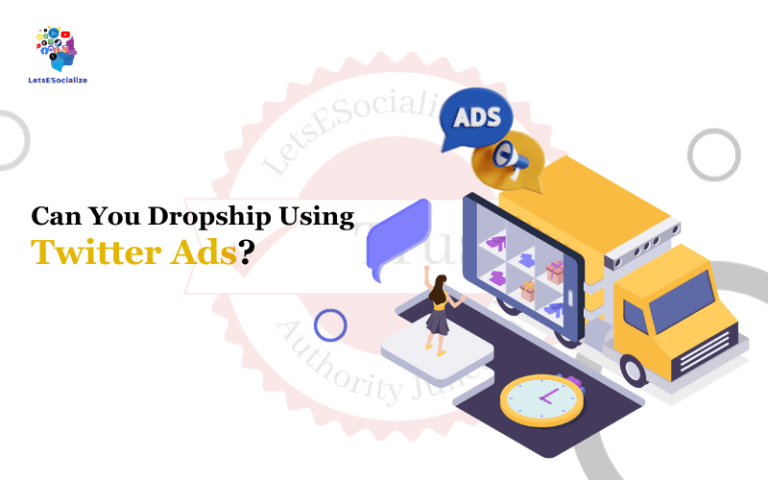Introduction
Partnering with relevant influencers on Twitter can be a powerful way for brands to increase awareness, engagement, and word-of-mouth. But identifying the right influencers for your niche amid Twitter’s hundreds of millions of accounts can be challenging.
This comprehensive guide will explore proven techniques to Find Influencers on Twitter tailored to your brand. By taking a strategic approach and leveraging the right tools, brands can connect with credible voices that will help amplify reach and resonance on Twitter.
Table of Contents
Benefits of Identifying Twitter Influencers
Here are some of the critical reasons brands should invest time in finding and engaging Twitter influencers:
- Increased Brand Awareness – Influencers expand your brand’s visibility with new audiences.
- Content Distribution – Reach more users through influencers sharing your content.
- Improved Engagement – Benefit from influencers’ loyal, engaged follower bases.
- Product Reviews – Influencer endorsements build product credibility and trust.
- Hashtag Marketing – Join or sponsor influencer hashtag campaigns.
- Industry Insights – Learn about trends and opportunities from thought leaders.
- Brand Associations – Connect your brand with respected names through partnerships.
The right influencer relationships offer brands excellent Twitter marketing opportunities.
Defining Twitter Influencer Selection Criteria

Before searching for influencers, establish clear criteria that make someone impactful for your brand’s goals:
- Relevant niche and topics – Do they focus on content aligned with your brand?
- Engaged followers – Do they have an actively engaged community of followers?
- Interests and demographics – Does their audience match your target customers?
- Content quality and consistency – Do they post valuable, regular content?
- Ideal positioning – Are they considered a trusted voice in their field?
- Mention and engagement rates – Does their content generate strong interaction?
- Values and brand safety – Do their actions and values reflect well on partners?
Well-defined selection criteria allow you to zero in on ideal influencers.
Where to Find Influencers on Twitter
Leverage these approaches to research relevant influencers:
- Search bios and usernames for keywords related to your niche using Twitter’s search bar.
- Follow leaders in your industry and see who they engage with for potential influencers.
- Check out trending topics and hashtags in your niche to identify influential participants.
- Use Twitter analytics to see who the top sharers are of your branded hashtag or account handle.
- Browse Twitter Lists created by others with curated influencer picks.
- Reverse engineer competitors’ influencers that they collaborate with.
- Leverage influencer search tools like Buzzsumo and Klear to analyze metrics and find fits.
- Search by keywords and tags to uncover influencers authoritative on those topics.
A targeted, strategic approach ensures you discover ideal influencers for your brand’s specific needs.
Also read: Twitter Ads for Influencer Marketing
Influencer Qualification Criteria to Consider
Assess potential influencers against metrics like:
- Follower count – Total audience reach
- Engagement rate – Likes and comments per tweet
- Post frequency – How regularly they post content
- Account longevity – When they joined Twitter
- Mention rate – How often others mention them
- List memberships – Inclusion in expert lists
- Retweet rate – How much original vs. reshared content
- Link clicks – Traffic driven to their site
- Sentiment – What feelings do they evoke in their audience
Analyzing these factors helps quantify potential influencer impact and filter options.
Manual Methods for Evaluating Twitter Influencers
Beyond just data, take time to review influencer accounts manually:
- Browse their content history – Review tweet quality, topics, and consistency.
- Check engagement metrics – Likes, retweets, replies per tweet.
- Evaluate their community – Do followers seem real and engaged or inflated?
- Assess qualifications – Do they demonstrate real expertise?
- Visit their website/blog – Does it reinforce their thought leadership?
- See who they engage – The company they keep reflects on them.
- Read testimonials – What do partners or followers say about them?
- Check mentions – How often are they referenced organically?
Taking time to vet influencers personally provides invaluable context beyond just numbers.
Prioritizing Twitter Influencer Opportunities
With many potential options, focus on the ones that matter most:
- Niche alignment – Topically relevant to brand and content.
- Values match – Persona and ethics fit the brand.
- Engaged community – Active, authentic follower base.
- Accessible and responsive – Easy to contact and collaborate with.
- Affordable investment – Reach exceeds cost.
- ** hungry for opportunities** – Eager to partner on sponsored content.
- Strong aesthetics – Produces quality social content.
- Channel diversity – Multi-platform reach beyond just Twitter.
Identifying influencers with maximum strategic relevance to your brand drives impact.
Categorizing Influencers for Different Purposes
Map influencers to specific goals:
- Audience builders – Broad reach to drive awareness
- Niche authorities – Established voices in your field
- Engagers – Consistently spark comments and shares
- Content creators – Visually compelling social content
- Brand advocates – Loyal customers who authentically love your brand
- Industry analysts – Thought leaders who introduce new audiences
- Local leaders – Influential faces in your geographic communities
Segmenting influencers enables tailored partnership approaches tailored for each group.
Building an Influencer CRM for Ongoing Management
A database helps track relationships over time:
- Contact details – Email, Twitter handle, website
- Historical activity – Past collaborations and results
- Notes – Special requirements or preferences
- Metrics and costs – negotiated rates and values
- Responsible team members – Account owners
- Status indicators – Active or inactive partnerships
Maintaining organized records helps institutionalize influencer knowledge and relationships across your organization.
Twitter Tools to Identify Influencers
Leverage tools to simplify influencer discovery:
- Twitter Advanced Search – Robust filtering by keywords, engagements, etc.
- Followerwonk – Analyze bios, interests, and social authority.
- BuzzSumo – Search by content performance and categories.
- Social Blade – Track growth and ranking across platforms.
- Nimble – Build influencer CRM profiles with tracking.
- Klear – Find influencers and coordinate campaigns.
- GroupHigh – Discover brand advocates matching keywords.
- Iconosquare – Track milestones and analytics for an account.
The right tools make vetting and managing influencer partnerships more scalable.
Building Relationships with Twitter Influencers
Once identified, connect with them:
- Make genuine connections – Don’t lead with an ask. Follow, engage and share their content.
- Understand their preferences – Note how they prefer to collaborate based on existing partnerships.
- Start small – Invite them to smaller collaborations to build trust.
- Co-create content – Develop ideas together vs. dictating.
- Highlight their expertise – Quote them in your content and PR.
- Compensate fairly – Be transparent about compensation and expectations.
- Give creative freedom – Let them produce content in their voice.
- Show appreciation – Thank them publicly for their contributions and amplifying your message.
Influencers want to partner with brands that enhance, not restrict, their brand values.
Twitter Influencer Partnership Best Practices
Here are some top tips for partnering successfully with influencers:
- Set specific goals for the collaboration upfront.
- Identify KPIs in advance to track performance.
- Have a timeline and approval process outlined before launching.
- Use hashtags, tags and links to maximize the discoverability of co-created content.
- Promote influencer content through your social channels.
- Compensate influencers even for small contributions to show respect for their time and audience.
- Spotlight influencers positively in your PR announcements about the partnership.
- Facilitate an ongoing two-way dialogue to provide value to each other regularly.
- Express gratitude publicly and privately to build goodwill.
The best influencer partnerships consider both sides’ goals to maximize benefits.
Monitoring Influencer Partnership Results
Analyze key metrics:
- Content reach and engagement
- Website or sales traffic driven
- Brand keyword and handle mentions
- Social listening for the relevant buzz
- Coupon use or special offer redemptions
- Audience growth and followers gained
- Click-through-rate on customized landing pages
- Influencer’s feedback on collaboration experience
- The qualitative shift in brand perception or associations
Consistent measurement provides the facts to refine influencer partnerships and strategy over time.
Conclusion
Identifying and partnering with relevant influencers on Twitter is an impactful strategy for brands looking to expand their reach and engagement organically.
By taking the time to research options tailored to your brand’s niche, vetting influencers thoughtfully using both data and human judgment, building genuine relationships, and monitoring results, you can collaborate successfully with Twitter influencers.
The relationships and word-of-mouth gained from working closely with credible voices can become one of the brands’ most valuable marketing assets.

